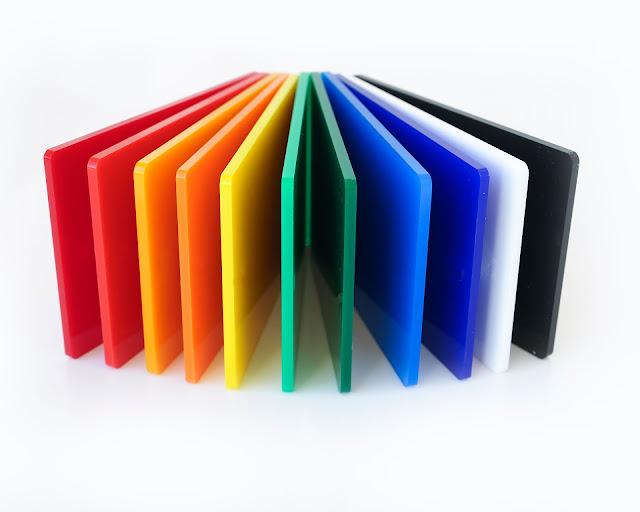What Are The Processes Used In Acrylic Fabrication?
Acrylic is a transparent thermoplastic and is used in a variety of applications. It is a tough, strong, shatter-resistant and lightweight material and is often used as an alternative to traditional glass. It is also weather-resistant and suitable for outdoor applications.
Acrylic is a good electrical insulator and colourless acrylic has a light transmittance of 92%. Translucent acrylic can diffuse light smoothly and therefore it can be used in lighting applications.
Acrylic is easy to handle, process and fabricate. The acrylic fabrication processes are cleaning, cutting, routing, turning, drilling, finishing and polishing.
Fabrication processes
The various fabrication processes are as follows:
Cleaning
Acrylic sheets can be cleaned with mild soap and detergent and plenty of water. It can then be cleaned with a soft cloth or chamois by applying light pressure. If there is grease or oil on it then it should be cleaned by using the right solvents.
Cutting
Acrylic can be cut using hand tools or power tools. For acrylic sheets, you can use a scriber knife, hand saws and power saws. While using a scriber knife scribe the sheet several times along a straight line and make cuts by applying even pressure. When you apply downward pressure on the sheet it will break. This method cannot be used with thick sheets.
Any type of hand saw can be used to cut acrylic. The blades of the saw should be sharp and the teeth should be of uniform shape and size. While cutting you avoid any vibrations by clamping the sheet firmly. Use saws with carbide-tipped blades.
When using power saws cut slowly and smoothly to avoid chipping the sheet. If the sheet is thick then water should be used to cool the blade.
Routing
Hand routers and portable routers can be used for machining the acrylic sheet. These are used to make patterns or large holes. Routers are operated at high speed and therefore vibrations should be avoided.
Drilling
Hand or power drill can be used for drilling acrylic sheets. Use a drill that uses a scraping action to cut. For best results use a drill with smooth and polished flutes which will clean the hole of all the shavings.
Turning
This process is used to produce round cross-sectioned parts. An acrylic sheet can be turned on any type of lathe. Use tools specially designed for acrylic.
Finishing
Once the acrylic is cut or drilled it leaves rough edges and these edges should be made smooth. This is a must if two pieces of acrylic have to be joined. Different techniques can be used to smooth out the edges like scraping, filing and sanding.
Polishing
The luster of the acrylic sheets can be maintained by polishing them with a power-driven buffer.



Comments
Post a Comment